Home>Home Appliances>Laundry Appliances>How Do You Drain A Washing Machine
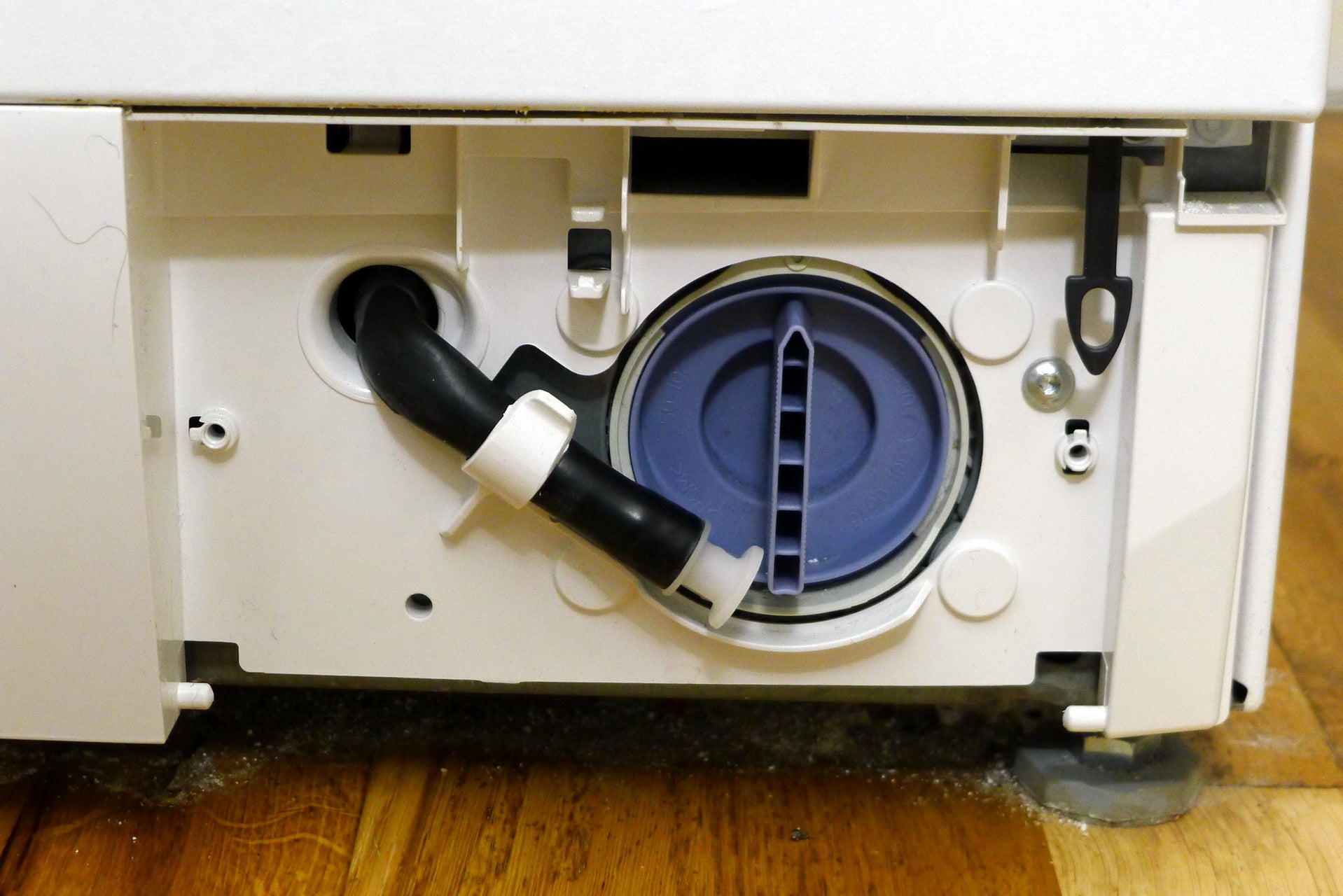

Laundry Appliances
How Do You Drain A Washing Machine
Published: February 21, 2024
Learn the step-by-step process of draining a washing machine to keep your laundry appliances in top condition. Find out how to do it safely and efficiently.
(Many of the links in this article redirect to a specific reviewed product. Your purchase of these products through affiliate links helps to generate commission for Storables.com, at no extra cost. Learn more)
The Importance of Draining a Washing Machine
Proper maintenance of household appliances is crucial for their longevity and efficient performance. When it comes to washing machines, one often overlooked yet essential aspect of maintenance is draining the machine. This process involves removing excess water from the internal components of the washing machine, ensuring that it remains in optimal condition.
Over time, washing machines can accumulate residual water, which may lead to various issues if not addressed. Stagnant water can create a breeding ground for mold and mildew, resulting in unpleasant odors and potential health hazards. Additionally, the presence of excess water can cause corrosion and rust within the machine, compromising its functionality and potentially leading to costly repairs or replacements.
By regularly draining the washing machine, homeowners can prevent these issues and maintain a hygienic and efficient appliance. This simple yet essential maintenance task contributes to the overall cleanliness and functionality of the washing machine, ultimately prolonging its lifespan and ensuring that it continues to provide clean and fresh laundry for years to come.
Key Takeaways:
- Regularly draining your washing machine prevents mold, rust, and odors, ensuring it stays clean and functions efficiently for a long time. Don’t forget to clean the drainage filter and use high-efficiency detergents for optimal maintenance.
- After draining your washing machine, establish a regular cleaning routine, leave the door ajar for air circulation, and monitor the drainage system to maintain its cleanliness and functionality. Professional maintenance can also help prevent major malfunctions.
Read more: How To Drain Washer
Tools and Materials Needed for Draining a Washing Machine
When it comes to draining a washing machine, having the right tools and materials at your disposal is essential to ensure a smooth and effective process. Here's a comprehensive list of what you'll need:
1. Towels or Rags
Before beginning the draining process, it's important to have towels or rags on hand to soak up any excess water that may spill during the procedure. Placing these absorbent materials around the washing machine can help prevent water damage to the surrounding area.
2. Bucket or Drain Pan
Having a bucket or drain pan is crucial for collecting the water that will be drained from the washing machine. This container should have an adequate capacity to hold the water accumulated in the machine's internal components.
3. Pliers
In some cases, the drainage hose of the washing machine may be secured with hose clamps. Pliers will be necessary to loosen and remove these clamps, allowing for the disconnection of the drainage hose.
4. Screwdriver
Depending on the specific model of the washing machine, a screwdriver may be required to access and remove certain panels or components to facilitate the draining process. It's essential to have a screwdriver with the appropriate head size for the machine's screws.
5. Gloves
Wearing protective gloves is advisable when dealing with the internal components of the washing machine. This precaution can help prevent injury and protect your hands from any sharp edges or debris that may be encountered during the draining process.
6. Cleaning Solution
After draining the washing machine, it's beneficial to clean the interior to remove any accumulated grime, mold, or mildew. A suitable cleaning solution, such as a mixture of water and white vinegar or a specialized washing machine cleaner, will be necessary for this step.
7. Brush or Cloth
A soft-bristled brush or a cleaning cloth is essential for scrubbing and wiping down the interior surfaces of the washing machine. This tool will aid in the removal of any residue or buildup, contributing to a thorough cleaning of the machine's interior.
By ensuring that you have these tools and materials readily available, you can effectively prepare for the process of draining your washing machine, promoting its cleanliness and optimal functionality.
Read more: How Do You Clean The Washing Machine
Steps to Properly Drain a Washing Machine
-
Prepare the Washing Machine: Start by unplugging the washing machine from the power source to ensure safety during the draining process. If the machine is hardwired, switch off the circuit breaker that supplies power to the appliance. Additionally, carefully pull the machine away from the wall to create space for accessing the rear panel and drainage components.
-
Locate the Drainage Hose: The drainage hose is typically situated at the back of the washing machine. It is commonly secured with a hose clamp, which may require the use of pliers to loosen and remove. Once the clamp is detached, carefully pull the drainage hose free from the machine, ensuring that the opposite end is positioned over the bucket or drain pan to collect the expelled water.
-
Allow the Water to Drain: With the drainage hose directed into the container, allow the water to flow out of the washing machine. Depending on the amount of residual water present, this process may take several minutes. It is advisable to have towels or rags nearby to address any spills and prevent water from spreading to the surrounding area.
-
Clean the Drainage Filter (If Applicable): Some washing machines are equipped with a drainage filter to capture lint, debris, and other particles during the wash cycle. If your machine has a drainage filter, it is essential to inspect and clean it regularly. This can be done by removing the filter and rinsing it under running water to dislodge any accumulated residue.
-
Inspect the Interior for Residual Water: After the initial drainage, it is important to check the interior of the washing machine for any remaining water. Use a flashlight to illuminate the interior and visually inspect the various components, ensuring that all excess water is removed.
-
Reconnect the Drainage Hose: Once the water has been fully drained, reattach the drainage hose to the washing machine, securing it with the hose clamp if applicable. Ensure that the hose is properly positioned to prevent leaks or dislodgment during future use.
-
Clean the Interior of the Washing Machine: After draining the machine, it is beneficial to clean the interior to eliminate any lingering grime, mold, or mildew. Prepare a cleaning solution using water and white vinegar or a specialized washing machine cleaner. Use a brush or cloth to scrub and wipe down the interior surfaces, paying particular attention to areas prone to buildup, such as the detergent dispenser and rubber door seal.
-
Plug in the Washing Machine: Once the draining and cleaning processes are complete, plug the washing machine back into the power source or switch on the circuit breaker. Push the machine back into its original position, ensuring that it is level and stable.
By following these steps, you can effectively drain your washing machine, promoting its cleanliness and optimal functionality. Regular maintenance, including proper draining, contributes to the longevity and efficiency of the appliance, ensuring that it continues to provide clean and fresh laundry for years to come.
Tips for Maintaining a Drained Washing Machine
Maintaining a properly drained washing machine is essential for ensuring its longevity and optimal performance. After completing the draining process, it's important to implement ongoing maintenance practices to preserve the cleanliness and functionality of the appliance. Here are valuable tips for maintaining a drained washing machine:
-
Regular Cleaning Routine: Establish a regular cleaning routine for your washing machine to prevent the accumulation of grime, mold, and mildew. After draining the machine, wipe down the interior surfaces with a cleaning solution to remove any residual buildup. Pay particular attention to areas prone to mold growth, such as the detergent dispenser, rubber door seal, and drum.
-
Leave the Door Ajar: After each laundry cycle, leave the washing machine door ajar to allow air circulation within the drum. This practice helps prevent the development of musty odors and inhibits the growth of mold and mildew. By allowing the interior to dry thoroughly between uses, you can maintain a hygienic environment within the machine.
-
Inspect and Clean the Drainage Filter: If your washing machine is equipped with a drainage filter, regularly inspect and clean it to prevent clogs and ensure efficient water drainage. Remove the filter and rinse it under running water to dislodge any trapped debris or lint. This simple maintenance task contributes to the overall functionality of the machine.
-
Use High-Efficiency Detergents: Opt for high-efficiency detergents specifically formulated for modern washing machines. These detergents are designed to produce fewer suds, preventing residue buildup within the machine. Using the appropriate detergent can help maintain the cleanliness of the washing machine's interior components.
-
Monitor the Drainage System: Periodically check the drainage hose and the area around the drain pump for any signs of leaks or blockages. Ensure that the drainage hose is free from kinks or obstructions that may impede water flow. By monitoring the drainage system, you can address potential issues promptly and prevent water-related complications.
-
Balance the Load: When using the washing machine, distribute the laundry evenly within the drum to maintain balance during the spin cycle. Imbalanced loads can cause excessive vibration and strain on the machine, potentially leading to operational issues. By practicing proper load balancing, you can prolong the lifespan of the appliance.
-
Professional Maintenance: Consider scheduling professional maintenance for your washing machine to address any underlying issues and ensure that all components are functioning optimally. Professional servicing can help identify potential problems early on and prevent more significant malfunctions in the future.
By incorporating these maintenance tips into your washing machine care routine, you can uphold the cleanliness, efficiency, and functionality of the appliance. Consistent maintenance, coupled with proper draining practices, contributes to a well-maintained washing machine that continues to deliver fresh and clean laundry for years to come.
Frequently Asked Questions about How Do You Drain A Washing Machine
Was this page helpful?
At Storables.com, we guarantee accurate and reliable information. Our content, validated by Expert Board Contributors, is crafted following stringent Editorial Policies. We're committed to providing you with well-researched, expert-backed insights for all your informational needs.



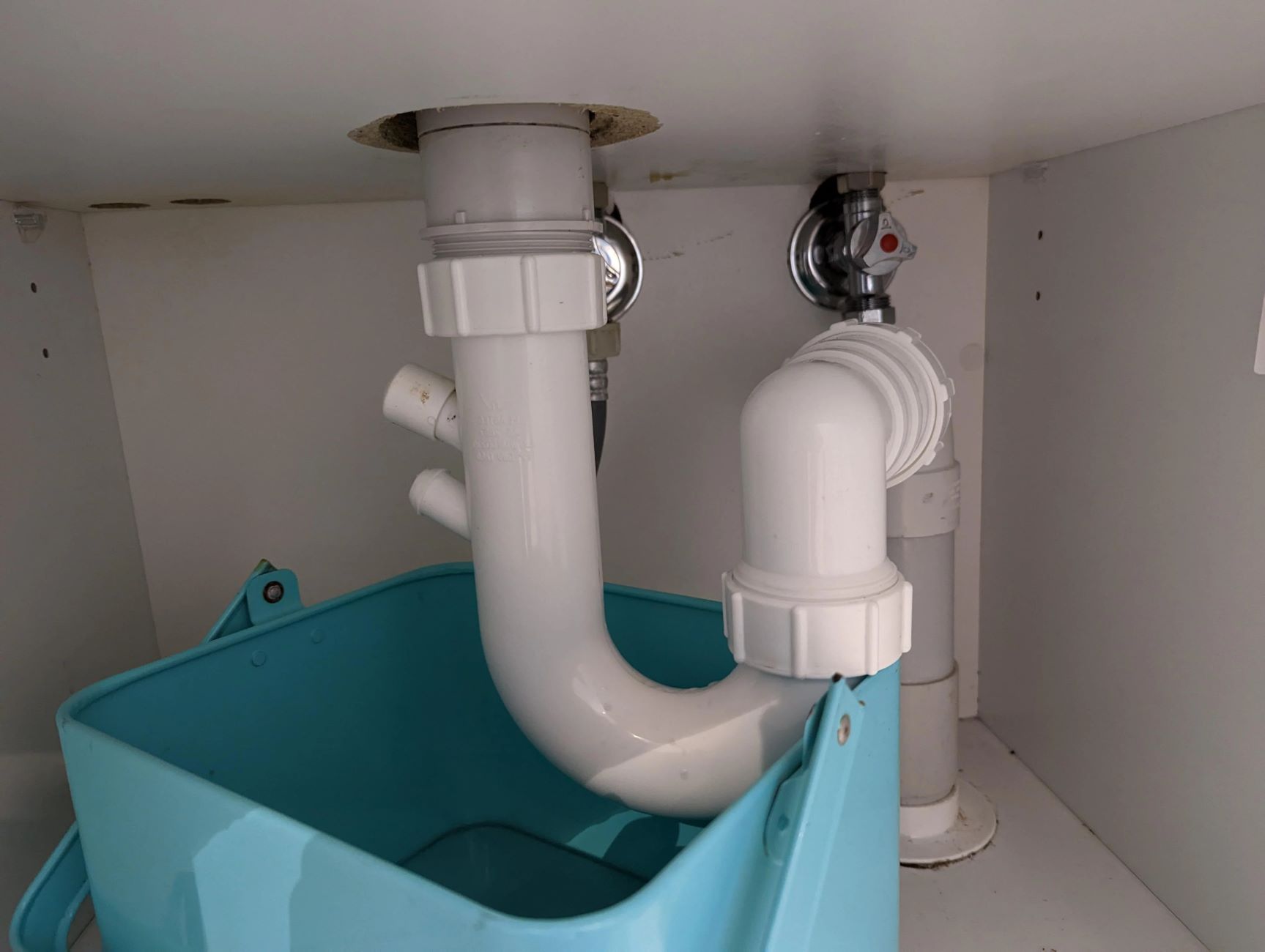

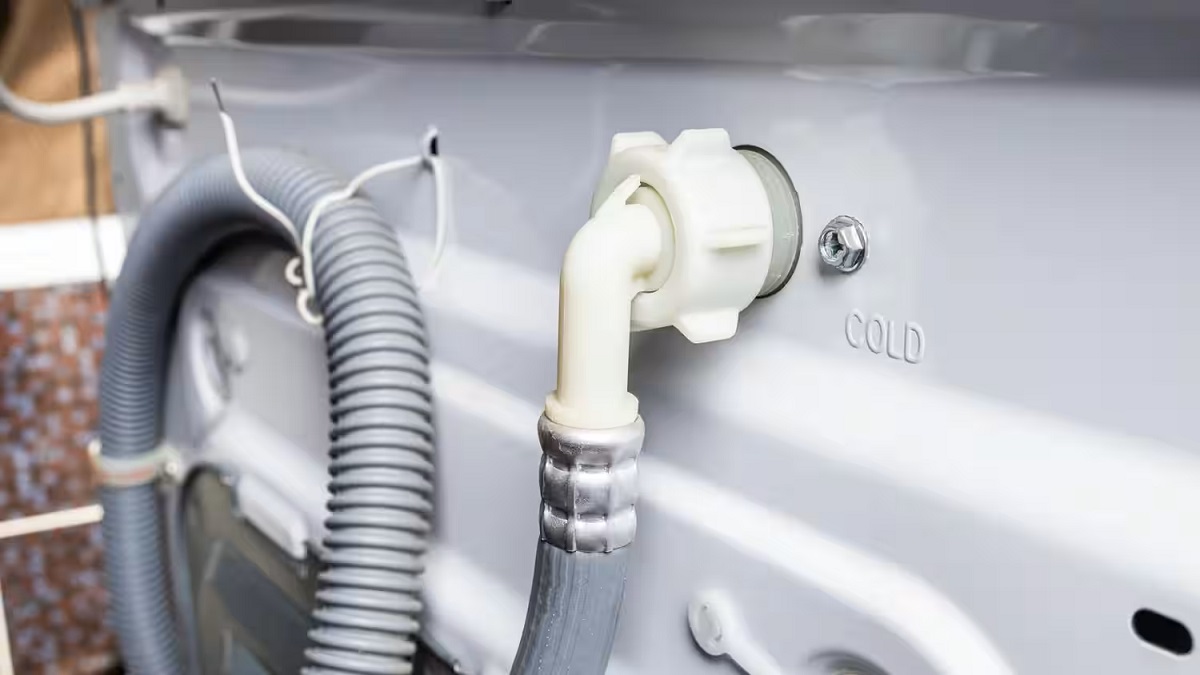

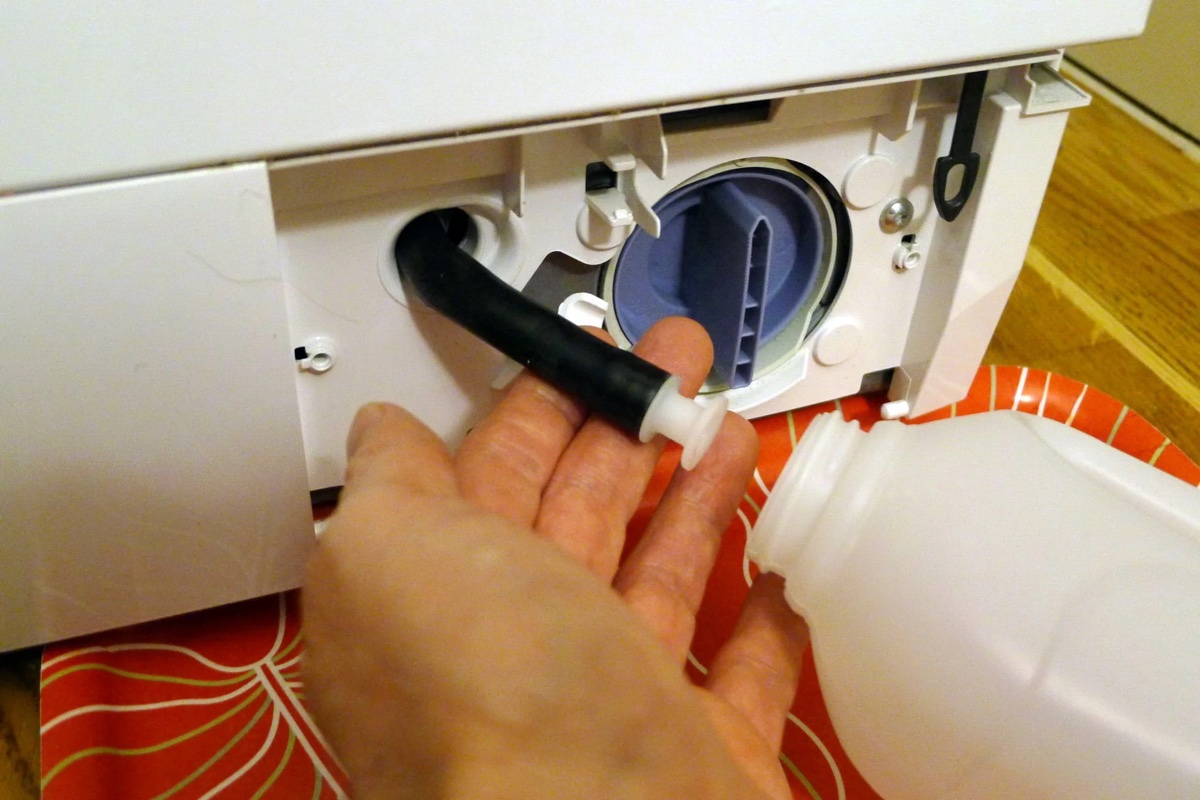

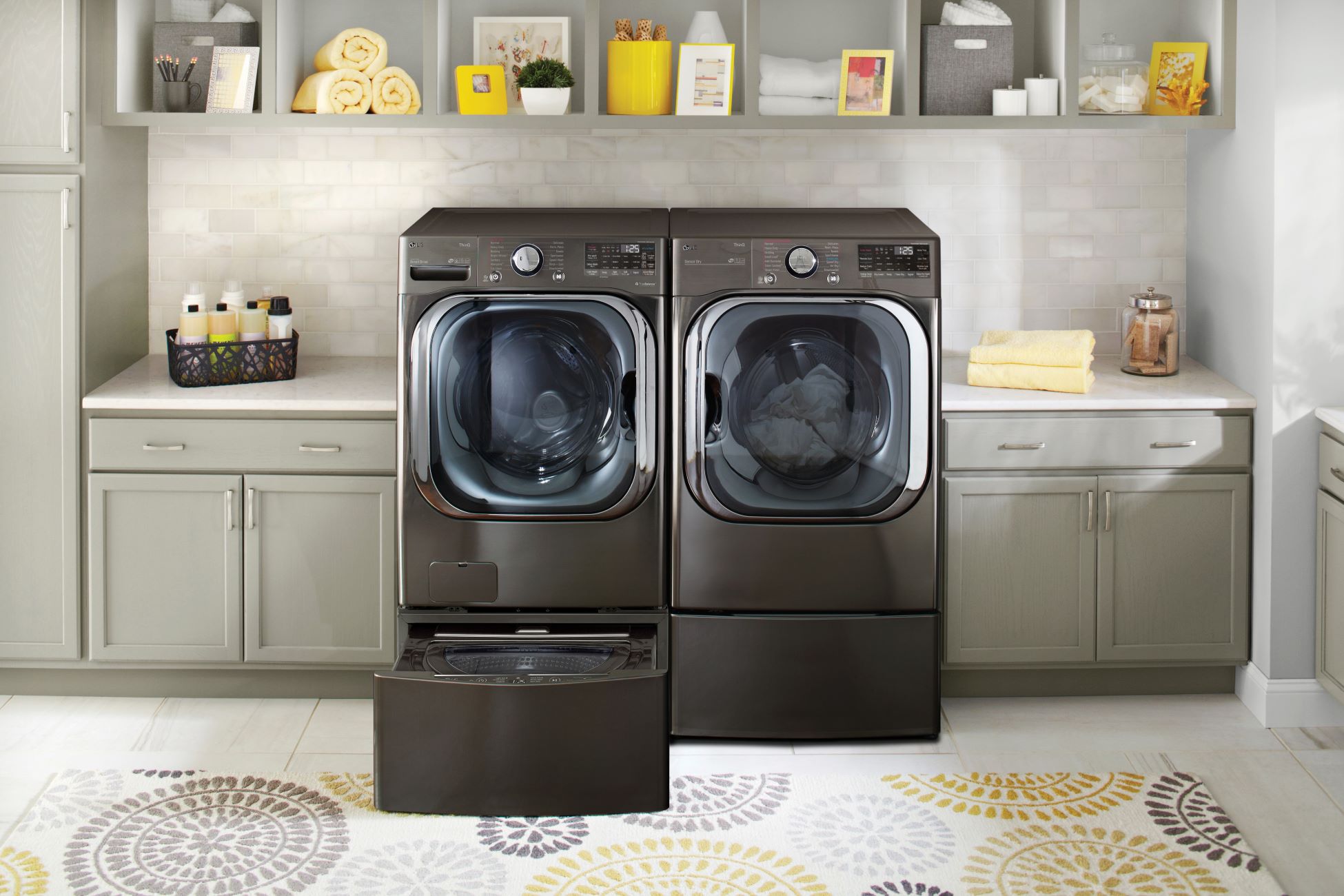
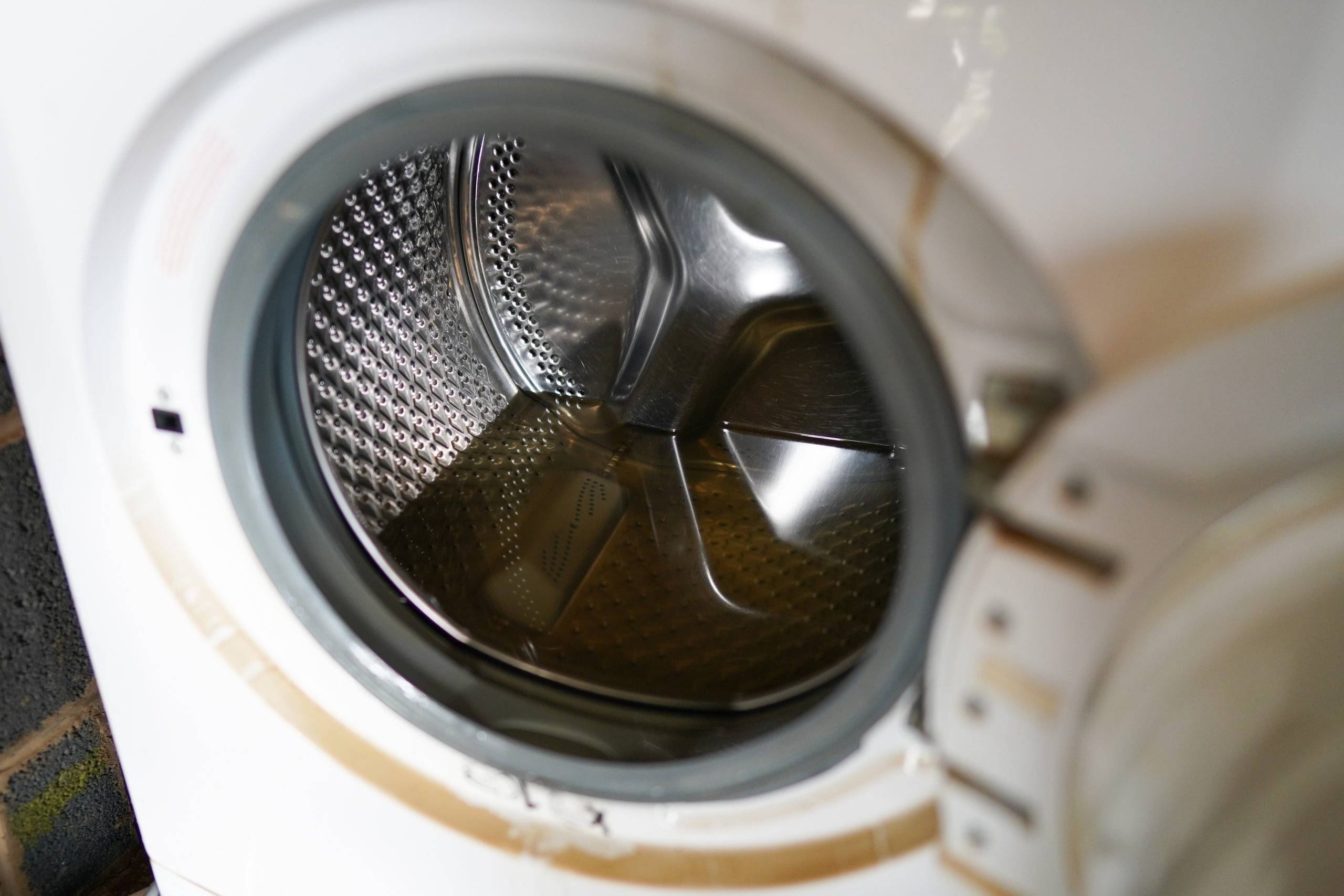

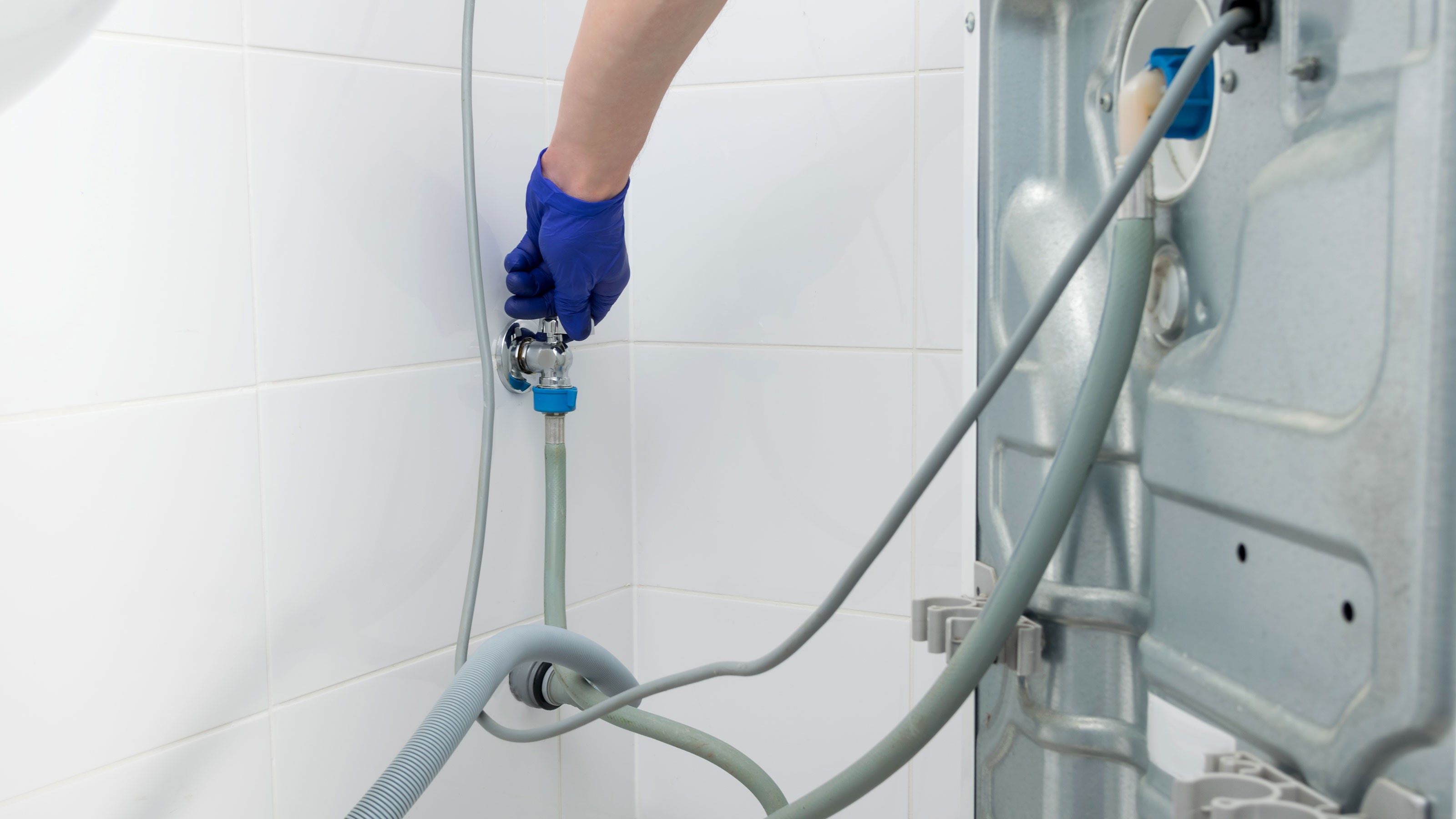

0 thoughts on “How Do You Drain A Washing Machine”